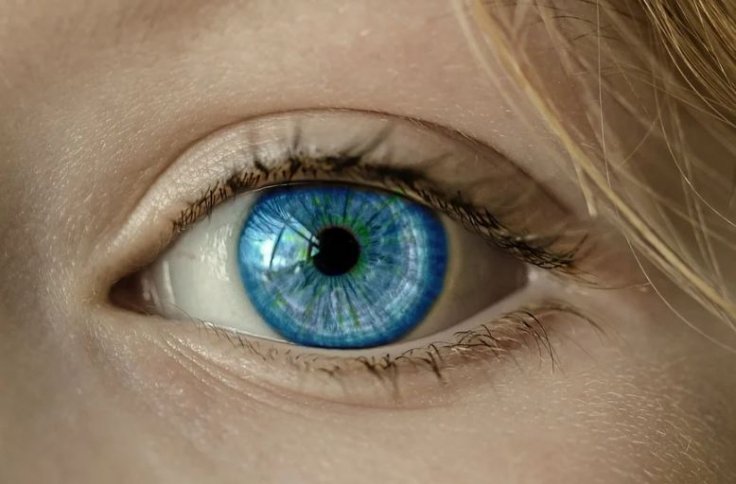There is no treatment for reversing the death of neurons—cells within the nervous system that transmit information to other cells. Their death within the brain leads to neurodegenerative disorders such as Parkinson's disease, and their death within the eyes results in blindness. Existing treatments can only slow the progression of the ailment but not replace dead neurons. Now, a new study has claimed the identification of gene networks that moderate the process of regeneration of neurons.
According to the collaborative study by researchers from Johns Hopkins University, Ohio State University, the University of Notre Dame and the University of Florida, the networks of genes that regulate the process of responsible for the determination of neurons in certain species of animals such as the zebrafish.
David Hyde, co-author of the study, said in a statement, "This study is proof of principle, showing that it is possible to regenerate retinal neurons. We now believe the process for regenerating neurons in the brain will be similar."
Learning from Animals Capable of Regeneration

For the study, the genes of animals that possess the ability to regenerate retinal neurons were mapped. For instance, when the zebrafish's retina undergoes damage, cells known as Müller glia undergo a mechanism called reprogramming. When Müller glia cells undergo reprogramming, their gene expression switch to transform into something like progenitor cells—cells that play an active role in the early stages of an organism's development.
Hence, these newly formed progenitor-like cells can turn into any cell required for reversing the damage caused to the retina. Human beings also have Müller glia cells. However, when the human retina is damaged, gliosis—a process that prevents reprogramming—is the response of the Müller glia cells.
Hyde explained that after determining the differing process of recovery of retina damage in different animals, the team tried to ascertain whether the process of gliosis and reprogramming were similar. The authors wanted to find out if the Müller glia cells followed the same process in non-regenerating and regenerating and animals or if it would be different.
"This was really important, because if we want to be able to use Müller glia cells to regenerate retinal neurons in people, we need to understand if it would be a matter of redirecting the current Müller glia path or if it would require an entirely different process," he illustrated.
Kindling Regeneration of Neurons

Through the study, the researchers discovered that the process of regeneration requires the organism to only "turn back on" its early developmental processes. Also, the authors were able to demonstrate that when the zebrafish regenerates, the Müller glia cells underwent gliosis. This meant that the organisms that are capable of regeneration follow a path similar to animals that cannot.
Though the network of genes in zebrafish was able to shift its Müller glia cells from gliosis to the reprogrammed state, in a mouse model, the network of genes prevented the Müller glia cells from reprogramming. Following this, the team was able to refashion Müller glia cells from zebrafish into a state similar to the one that blocked the reprogramming.
However, at the same time succeeding regenerating some retinal neurons in the mouse model. The researchers will next focus on identifying several gene regulatory networks that are responsible for the regeneration of neurons. And also ascertain the exact genes within the networks that are crucial for the regulation of regeneration.









